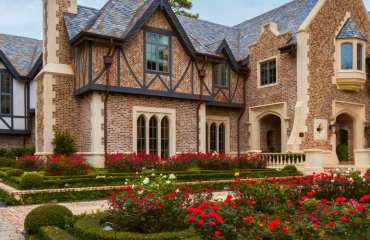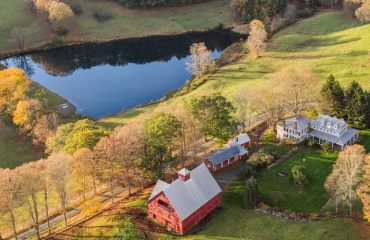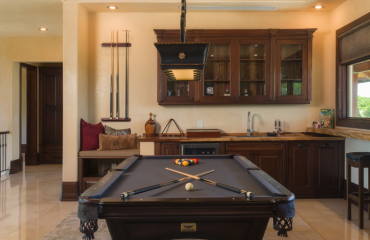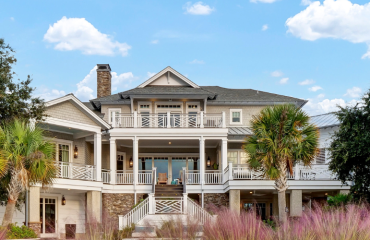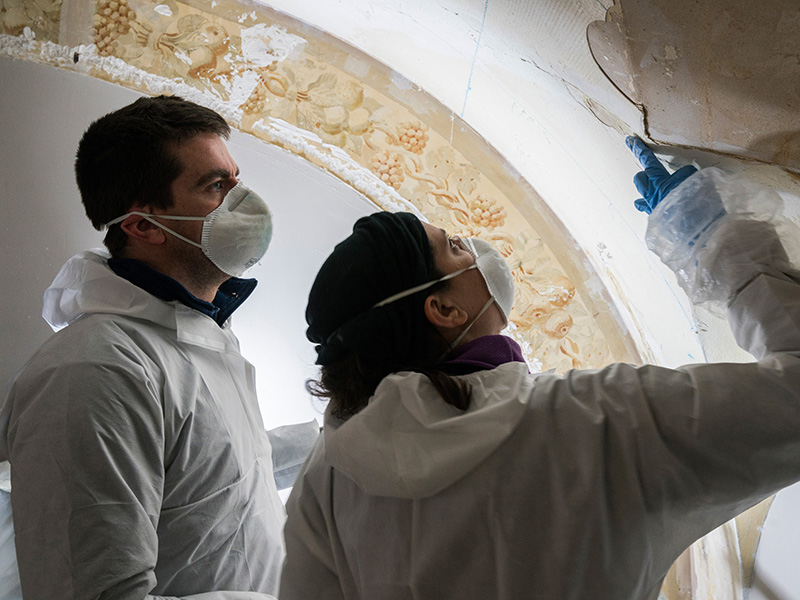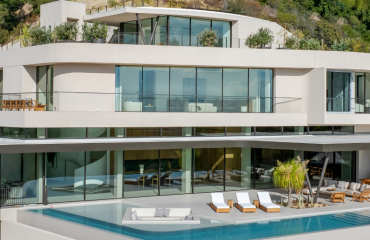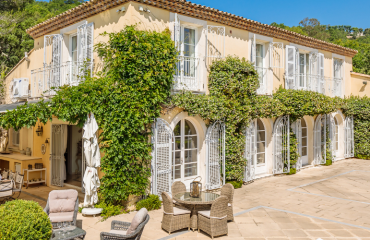Detail and Deadlines
When Nick Ashley-Cooper became the 12th Earl of Shaftesbury in 2005, he inherited the crumbling Grade 1-listed country estate, St Giles House in Dorset, as well as his title, and quickly realized that he needed to do something to restore it. “I had to sell the house to someone unconnected to the family or I had to try and do something myself,” says Ashley-Cooper. He chose the latter, and today St Giles is his main business, used as a venue for music events, weddings, festivals, and accommodation.
